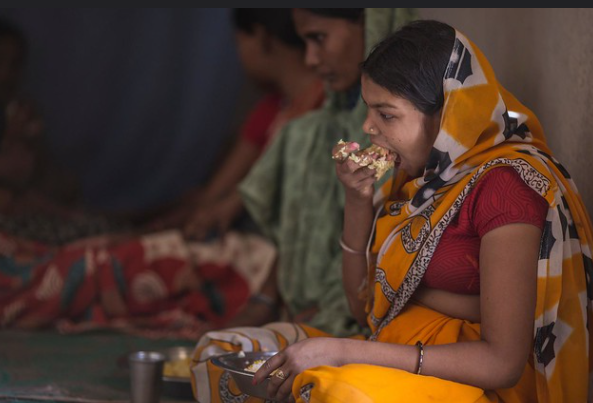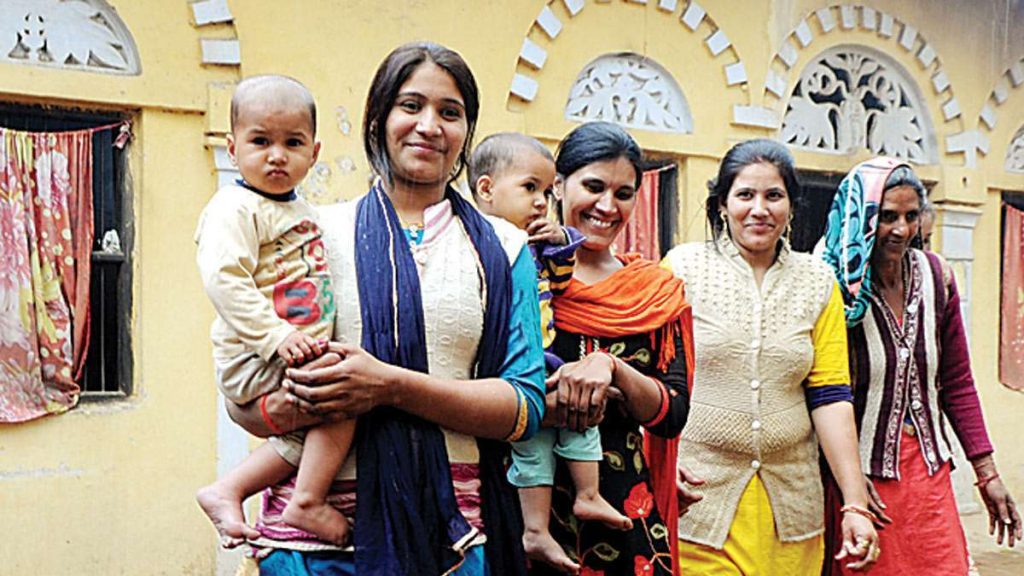Among developing nations, India has one of the highest rates of malnourished adult women. Add to it the fact that many new mothers in India are adolescents, 75% of whom are anaemic, and that most gain less weight during pregnancy than is healthy (5 kilograms on average compared to the global average of close to 10 kilograms). Food is not a choice. Eating nutritious meals is essential for survival and growth. The right to food is an essential component of the right to life. Given that 1 in 4 Indian women of reproductive age are underweight, the denial of their right to food frequently has at its root the glaring lack of gender parity.

Women and girls live under incredibly harmful gender-based social norms every day, which frequently results in them “eating last, eating last, and eating least nutritious food.” In India, the majority of the undernourished are women and children. Malnourished mothers give birth to undernourished babies, leading to intergenerational cycles of undernourishment.

Women’s ability to consume nutritious meals depends on a number of factors, including household social norms, access to nutritious food, their ability to afford it and their level of income, as well as agency. In India, women and girls still suffer on all of these fronts.

Gendered norms surrounding the ownership of assets, such as land and resources, define access to food. Women generally lack the agency and financial means to purchase and consume nutrient-rich food on their own and must rely on the food preferences of other household members, primarily husbands and in-laws. Women and girls in their reproductive years are still frequently forbidden from entering the kitchen and partaking in particular foods in many communities.

Boys are given greater preference for food than children in terms of quantity and quality, with entire food groups frequently missing from the girl child’s plate. The misconception that girls “need” less food is still pervasive. When a girl matures into a young woman, the practice of proportional control creeps in to physically appear lean and to come across as low maintenance, which makes it attractive in the advanced marriage market where “she eats less” is frequently used as a bargaining chip. When girls get married, they become primary caregivers in their marital homes, dependent on their husbands and in-laws for food, clothing, and hygiene.

This systemic nutritional violence causes serious health problems, such as anaemia, stunted growth, eye problems, diabetes, and heart disease. It is frequently passed from mother to daughter child, and if it is brought up in the same social norms of gender-based discrimination and food violence, it remains caught in the cycle.
On the other hand, food insecurity amplifies gender-based violence, leaving women and girls more vulnerable to abuse as they navigate a life of crushing poverty and hunger.

Comprehensive policies that affect the health and nutrition outcomes of women, children, and minority communities call for a multi-pronged strategy that goes beyond behaviour change communication. Policies and programs should concentrate on establishing inclusive living environments and workplaces, particularly for women and transgender people, as well as on assuring financial inclusion (which will reduce poverty), economic growth, and protection from violence.
Most of South Asia’s current policies are underperforming or fragmented. Interventions from professionals will guarantee women’s access to housing, financial security, and overall autonomy.

